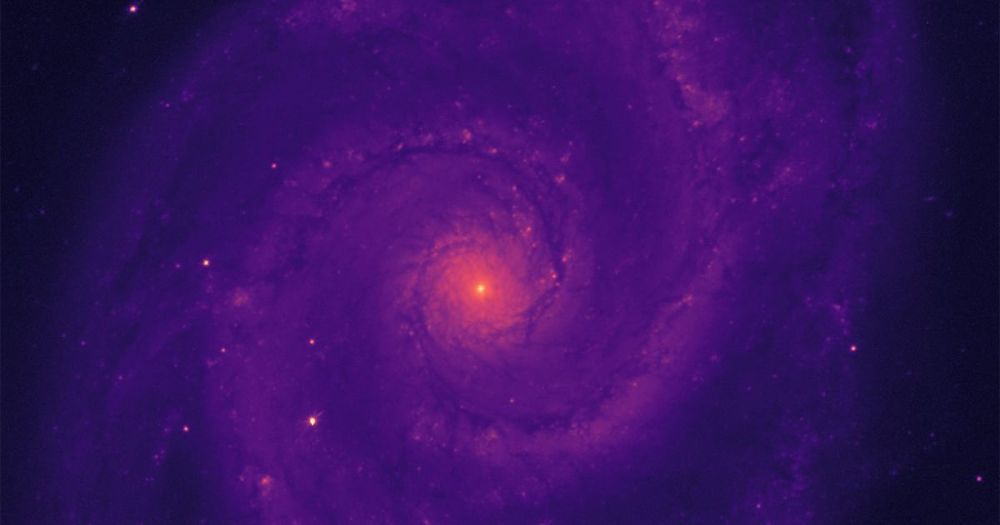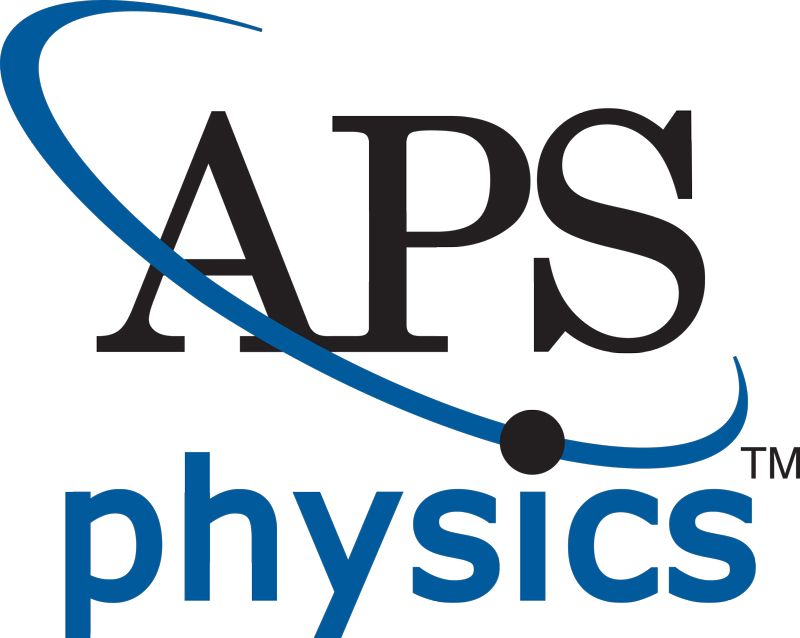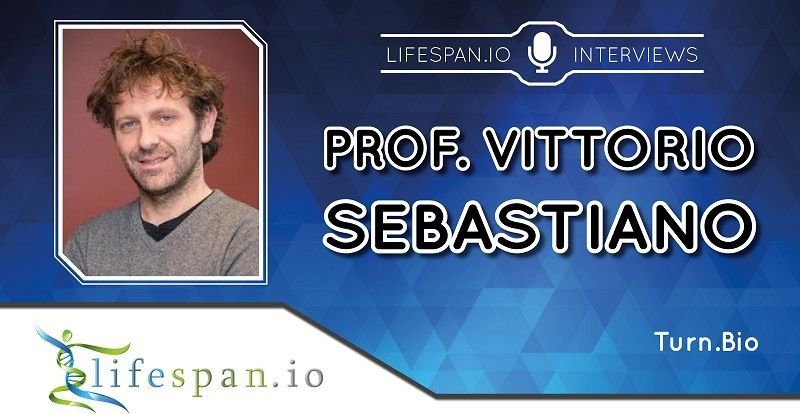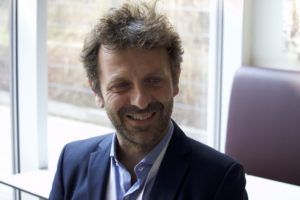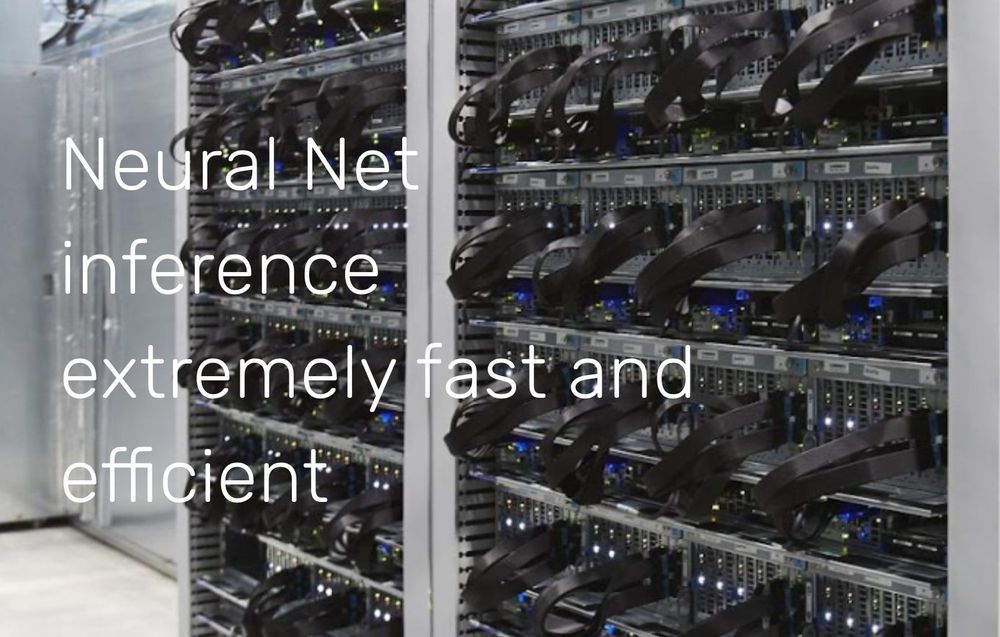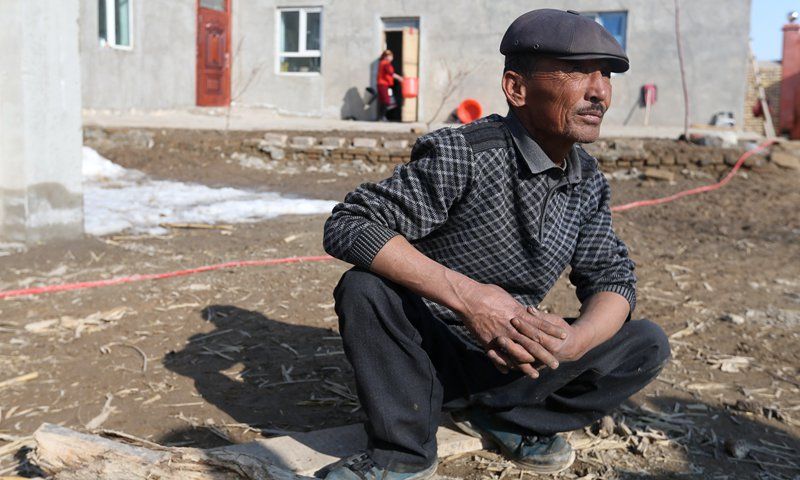Testing these six lenses — the largest of which is 1.1 meters in diameter — will continue for about six weeks at the Mayall Telescope near Tucson, Arizona. It’s part of an effort to get DESI up and running sometime this year.
When complete, DESI will measure the light of tens of millions of galaxies reaching back 12 billion light years. That will enable scientists to 3D map the universe like never before and to measure its expansion. Ultimately, scientists are looking for insight into dark energy, which makes up an estimated 68 percent of the universe and is said to be the force behind its accelerating expansion. Scientists on the research team say they’re just as excited to find what they’re looking for — a better understanding of dark energy — as they are to discover what other mysteries DESI might reveal.
